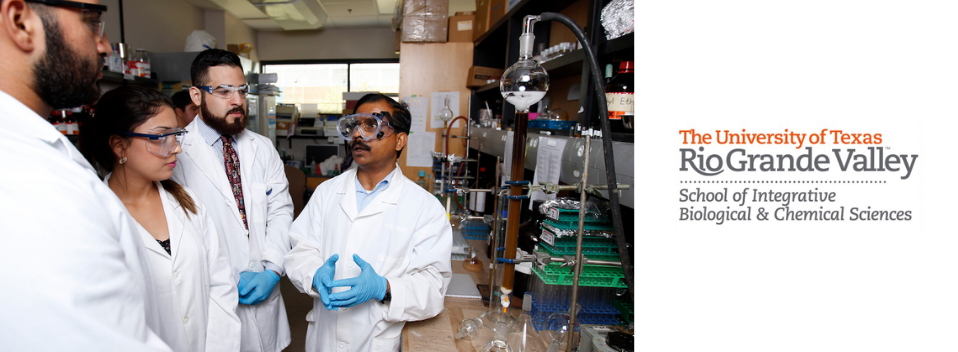
School of Integrative Biological & Chemical Sciences Faculty Publications and Presentations
Document Type
Article
Publication Date
5-2025
Abstract
Precocious puberty (PP) is an established breast cancer risk factor. In the normal mammary gland, hormone receptor-positive (HR+) cells rarely proliferate. In breast cancer, proliferating epithelial cells are often HR+. It is not known if PP can modify this population of proliferating HR+ cells. Previously, we established a manganese-induced precocious puberty (MnPP) model to study the effects of PP on mammary gland development in female rats. Here, we characterized the distribution of HR+ proliferating mammary epithelial cells in prepubertal and adult rodents, in association with precocious puberty. Female rats were exposed daily to 10 mg/kg manganese chloride or saline (control) from postnatal day (PND) 12 to PND 30. Mammary glands were collected on PNDs 30 and 120, processed for western blot analysis and double immunofluorescence staining for proliferating cell nuclear antigen and progesterone receptor or estrogen receptor. MnPP increased the percentage of HR+ mammary epithelial cells coexpressing proliferating cell nuclear antigen relative to normally developed controls at PND 30. This correlated with increased expression of estrogen receptor-regulated proteins in MnPP mammary glands relative to controls at PND 30, including FOXA1, AREG, and c-Myc. Conversely, at PND 120 relative to PND 30, proliferating HR+ cells remained chronically elevated in MnPP mammary glands at PND 120, which coincided with decreased expression of cell-cycle regulator, p27, and increased expression of progesterone receptor-regulated markers, EREG and sp1. Collectively, these results suggest early puberty alters steroidal regulation of classic proliferative mechanisms in the prepubertal gland with increased prevalence of high-risk proliferating HR+ cells.
Recommended Citation
Hamilton, A. M., Srivastava, V. K., Hiney, J. K., Dees, W. L., & Dearth, R. K. (2025). Manganese-induced precocious puberty alters mammary epithelial cell proliferation in female rats. Endocrinology, 166(5), bqaf052. https://doi.org/10.1210/endocr/bqaf052
Publication Title
Endocrinology
DOI
10.1210/endocr/bqaf052


Comments
© The Author(s) 2025. Published by Oxford University Press on behalf of the Endocrine Society. This is an Open Access article distributed under the terms of the Creative Commons Attribution License (https://creativecommons.org/licenses/by/4.0/), which permits unrestricted reuse, distribution, and reproduction in any medium, provided the original work is properly cited. See the journal About page for additional terms.